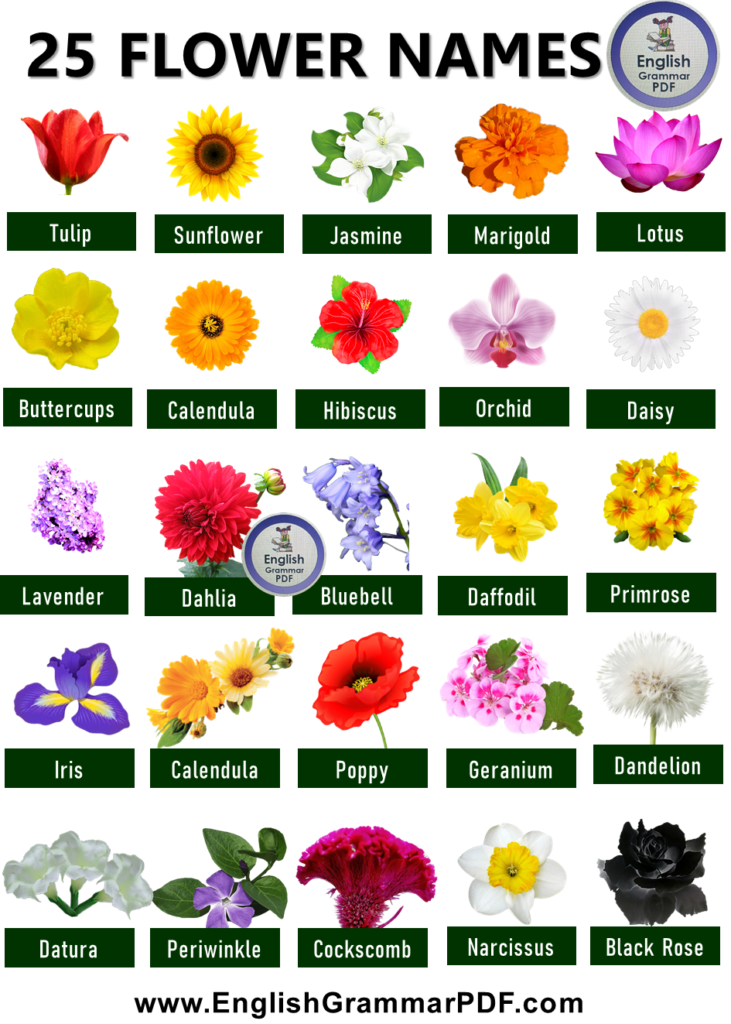All Parts of body name in English with pictures! Most of us know our body parts in English, but do you know the names for every single one in English? In this post, we’ll go over the different human body parts in English and their corresponding definitions. So whether you’re a native speaker or an ESL student, this post is for you!
Did you know that there are different words for human body parts in English? Most of these words are derived from Latin, which is why they look and sound a little bit strange to English speakers. But don’t worry, we’re going to teach you all about them! In this post, we’ll cover the most common human body parts in English. So read on and learn some new vocabulary!

List of Human Body Parts Names
Here is the list of all body parts with names and pictures. These vocabulary words are very useful for kids and beginners.
- Neck
- Forehead
- Beard
- Eye
- Nose
- Mouth
- Chin
- Shoulder
- Head
- Face
- Hair
- Ear
- Elbow
- Arm
- Chest
- Armpit
- Forearm
- Wrist
- Back
- Navel
- Toes
- Ankle
- Instep
- Toenail
- Waist
- Abdomen
- Buttock
- Hip
- Leg
- Thigh
- Knee
- Foot
- Hand
- Thumb

Human Body Parts Names with Detail
Neck

The neck is a body part that connects the head to the body. It consists of bones, muscles, tendons, and other tissue. The neck contains blood vessels that provide oxygenated blood to the brain for the healthy functioning of that important organ.
Forehead

The forehead is the area between the eyebrows and the hairline. The bone under this region of the face is called the frontal bone, which separates it from the nasal bones above it.
Brain

The brain is a major organ in the body because it controls how we move, think, feel, speak, hear, taste, and smell.
Stomach

The stomach is a muscular pouch connected to the esophagus. When food enters the stomach, it mixes with gastric juices that consist of acid and enzymes. Stomach juices help break down the food by separating it into smaller components that can be digested more easily once they are absorbed into the small intestine.
Chest

The chest is a body part composed of skeletal muscle, bones, and skin that acts as a container for the heart, lungs, and other organs. The chest contains the pectoral muscles which move the upper limbs when we lift them up in a motion known as “flexion”.
Beard

A beard is a collection of facial hair that usually grows on the chin, jawline, and cheeks. Beards become more noticeable during puberty in males because the levels of testosterone rise from this time onwards.
Eyelid

The eyelid is a thin piece of skin that covers and protects the eye. An eyelash is a type of eyelid that helps block out bright lights and other particles.
Jaw
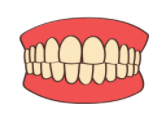
The jaw is the area of the face where the teeth and mouth are located. It assists with talking, eating, and smiling through a movement known as ‘protrusion’.
Ear

The ear is an organ that functions as a sound receiver; it is activated by sound waves that enter the ear canal and stimulate a tiny organ known as the cochlea. The cochlea then transmits signals to the brain via the auditory nerve.
Eye

The eye is an organ that perceives light and creates images with the help of a specialized area known as the retina. The pupil is located in the canter of the iris, which can expand or shrink depending on how much light there is where you are.
Finger

A finger is one part of the body that helps us to touch and feel. There are three bones in each finger known as phalanges; the knuckle is where they meet to form a joint.
Back

The back, also known as the dorsal area of the body, contains many vital organs such as the spinal cord, kidneys, and large intestine. The ribs protect these internal organs, which are all supported by the spine.
Abdomen

The abdomen is the soft area of the body between the chest and hips that is protected by a layer of fat, bones, muscles, organs, and skin. The lungs are located here as well as most of the digestive tract organs such as intestines and stomach.
Nose

The nose is a part of the face that contains an opening known as the nasal cavity. This cavity is covered in hairs that help to filter out particles in the air so they can be identified by nerve cells present in this area. The sense of smell comes from these nerve cells when they are stimulated by contact with foreign particles.
Mouth
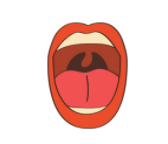
The mouth is a sensory organ that allows for the intake of food and water. Within the mouth, there is a cavity known as the oral cavity. The teeth in this cavity help us by breaking our food into smaller pieces.
Shoulder

The shoulder is a joint in the body where three bones come together to form one unit: the humerus, the clavicle, and the scapula. The shoulder is a ball-and-socket joint that allows for a wide range of motion.
Chin

The chin is the area of the face between the lower lip and neck. It helps to support the lips when we speak or smile.
Head

The head is the body part that we sit on and consists of the brain, eyes, nose, mouth, jaw, and ears. It is located at the top of our neck and protects all these vital sensory organs.
Foot

A foot contains a long bone known as a metatarsal and three bones in each toe called phalanges. The toes contain nails and help to provide balance when we walk.
Finger Nails
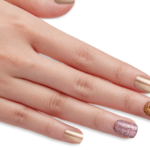
A fingernail is one type of protective body covering that protects the sensitive skin underneath from damage.
Tongue
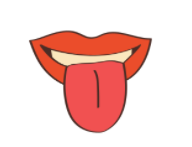
The tongue is a muscular organ found in the mouth that helps us by moving food around so it can be chewed, swallowed, and broken down. It has a taste bud that allows people to perceive the flavor of food.
Lips

The lips are two smooth pieces of skin on either side of the mouth. When we smile, our lips spread apart and show our teeth; when we pout, they press together and make an ‘O’ shape with our mouth.
Teeth

Teeth are bony structures in the mouth that can be used to grind and tear food, which is then swallowed and sent down the throat to the stomach for digestion.
Face

The face is the area of the body between the chin and forehead. It contains eyes, ears, nose, mouth, teeth, jaw, cheekbones, eyebrows, eyelashes, temples, and ears. The facial muscles are attached to these bones and can be used to express emotions such as happiness or anger.
Cheek

A cheek is one part of the face that helps people smile or eat by holding food in the place. There are two bones called the maxilla, which supports the upper teeth, and the mandible, which holds the lower teeth.
Eyelashes

An eyelash is a type of hair found on the edge of the eyelid that acts to keep foreign material out of the eye while also protecting them from bright light.
Elbow

The elbow is a joint in the body that allows for wide range of motion. It consists of three bones: the humerus, radius, and ulna.
Armpit

The armpit is an area of the body between the arm and the torso. It contains sweat glands that help to regulate temperature by keeping us cool when it’s hot or warm when it’s cold.
Wrist

The wrist is a joint in the hand that allows for bending of fingers, rotation of palm, and movement of the thumb. It consists of the radius and ulna, like the elbow, and also allows for movement in several other directions.
Toes

Toes are the parts of the feet that contain bones and help us to walk. They can also be used to grip when climbing or picking up objects.
Hip
The hip is a large sphere-shaped bone found in the torso that connects to both legs and helps us stand upright. It also allows for bending of the legs, rotating the thigh, and moving the leg back and forth.
Thigh
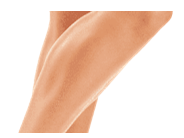
A thigh is the upper leg that contains muscles and bones and allows for walking, running, or kicking.
Thumb

The thumb is the first digit of the hand and works in opposition to the rest of our fingers (which allows for precise movements such as writing, picking up objects, or turning a doorknob).
You can Download Pdf of this lesson.


